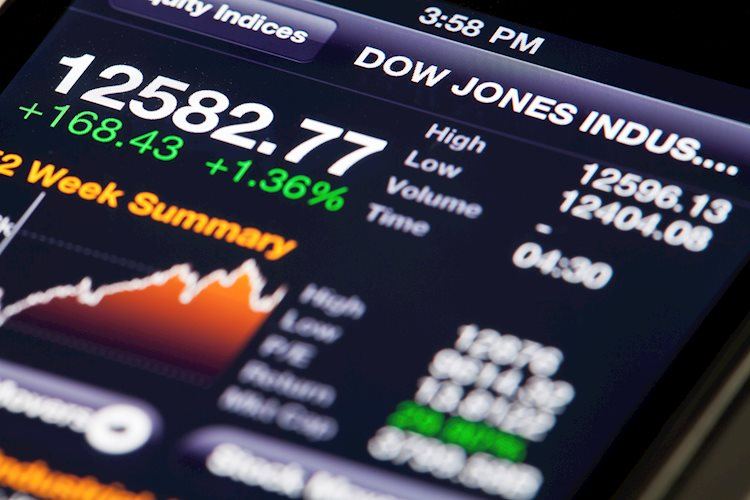The Dow Jones Industrial Average (DJIA) is currently trading in a tight range on Thursday, near record highs set earlier in the week at around 43,800. The market surged after the US presidential election in 2024, which pointed towards a victory for former President Donald Trump. Investors are holding onto the gains as they anticipate a rate cut from the Federal Reserve (Fed).
According to the CME’s FedWatch Tool, there are high expectations for a 25 bps rate cut from the Fed during Thursday’s US market session, with a 99.1% chance of a quarter-point rate cut following the previous 50 bps rate slash in September. There is also speculation about another 25 bps rate cut in December, with odds of 67% for a final cut on December 18.
The University of Michigan (UoM) Consumer Sentiment Index figures are set to be released on Friday, concluding a busy week of market releases. Market forecasts predict an increase in sentiment to 71.0 in November, following a cautious step into 70.5 in the previous month.
In terms of individual stocks, Intel (INTC) has seen a 4% rebound after news of its removal from the Dow Jones this week. On the other hand, JPMorgan Chase (JPM) has slipped nearly 4% following a post-election rally. The Dow Jones is now close to the 44,000 major handle, with a nearly 17% increase for the year and a 5.33% climb in October alone.
The Federal Reserve (Fed) plays a crucial role in shaping US monetary policy through interest rate adjustments. The Fed aims to achieve price stability and full employment through its decisions. In situations of high inflation, interest rates are raised to strengthen the US Dollar, while low inflation or high unemployment may prompt rate cuts to stimulate borrowing and economic growth. The Fed holds eight policy meetings a year to assess economic conditions and make policy decisions.
In extreme circumstances, the Fed may implement Quantitative Easing (QE) to increase credit flow in the financial system. This non-standard policy measure was used during the Great Financial Crisis in 2008 and involves the Fed buying high-grade bonds from financial institutions. Quantitative Tightening (QT) is the reverse process of QE, where the Fed stops buying bonds and allows matured bonds to expire without reinvesting, which can strengthen the US Dollar.











